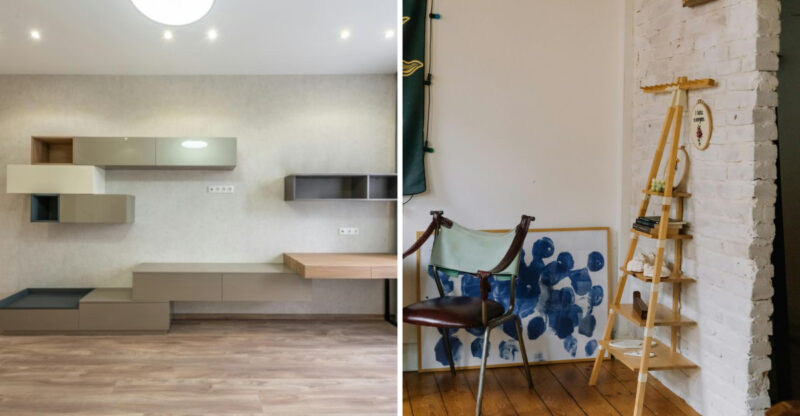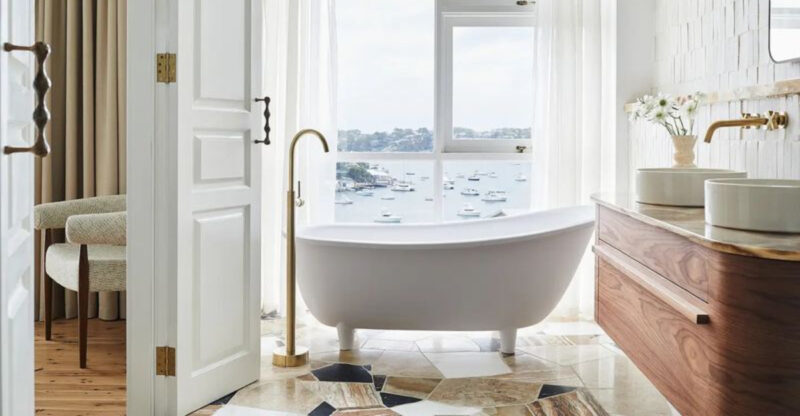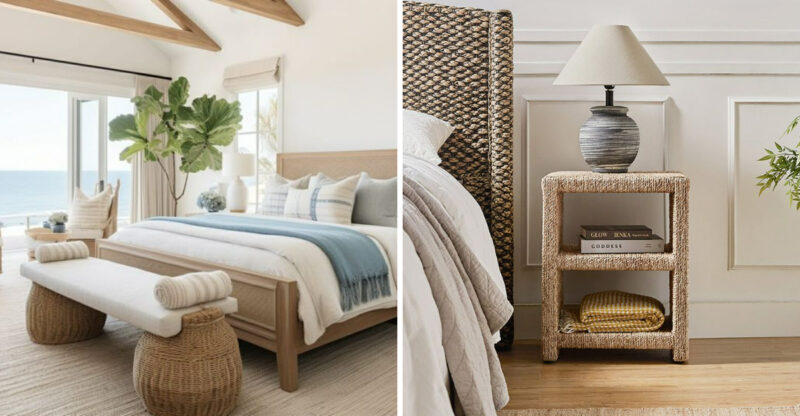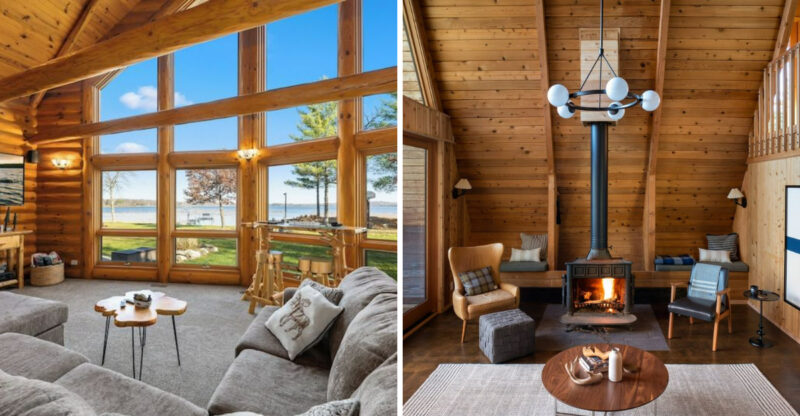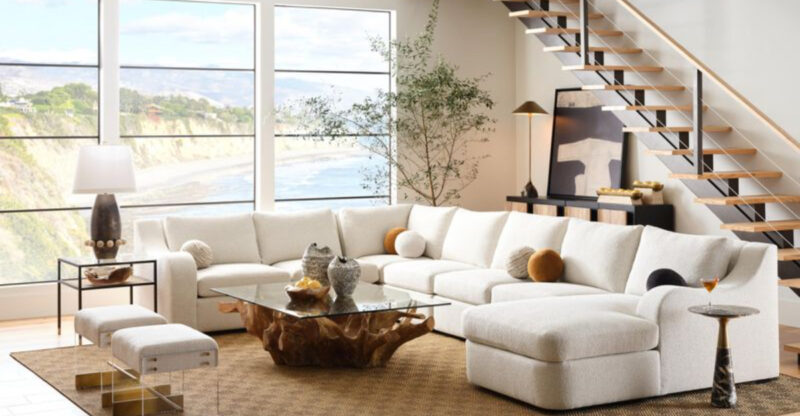The Timeless Appeal Of Neutral Interior Design In Soothing Shades
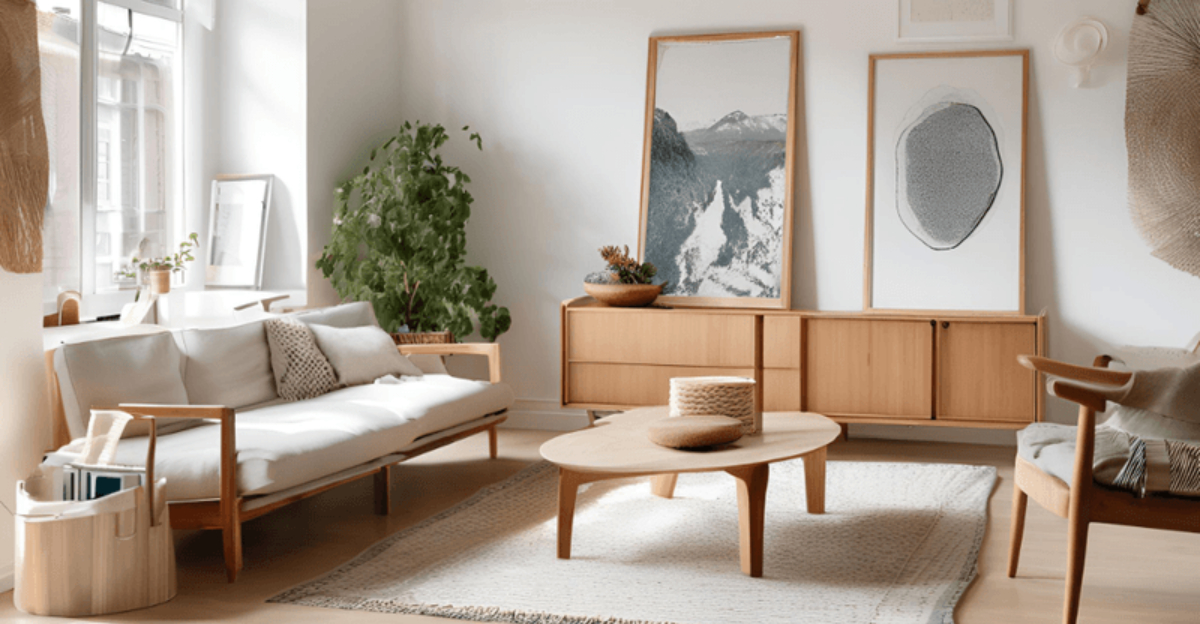
Neutral colors have stood the test of time, consistently shaping interior design with their effortless elegance and lasting appeal. These understated shades create serene, welcoming spaces that invite relaxation and comfort.
Whether it’s the warmth of soft beiges or the cool calm of grays, neutral tones offer a versatile foundation, allowing both minimalist designs and vibrant, personalized touches to shine. In a world of ever-changing trends, neutrals remain a constant that never loses its charm.
1. Warm Neutrals
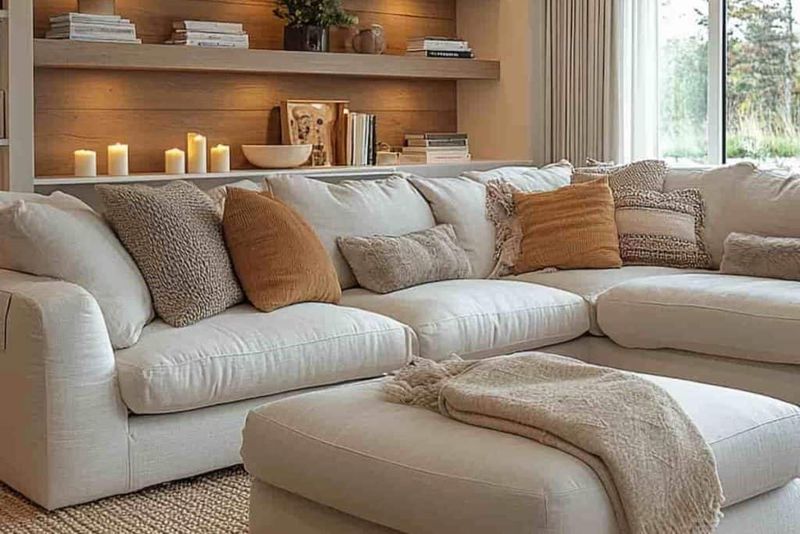
Cozy and inviting by nature, these earthy tones create instant comfort in any space. Warm neutrals like beige, taupe, and soft browns reflect natural sunlight beautifully, making rooms feel more spacious and welcoming.
These hues pair wonderfully with natural materials and can be easily updated with seasonal accents. Their versatility makes them a designer favorite for creating timeless interiors.
2. Cool Neutrals
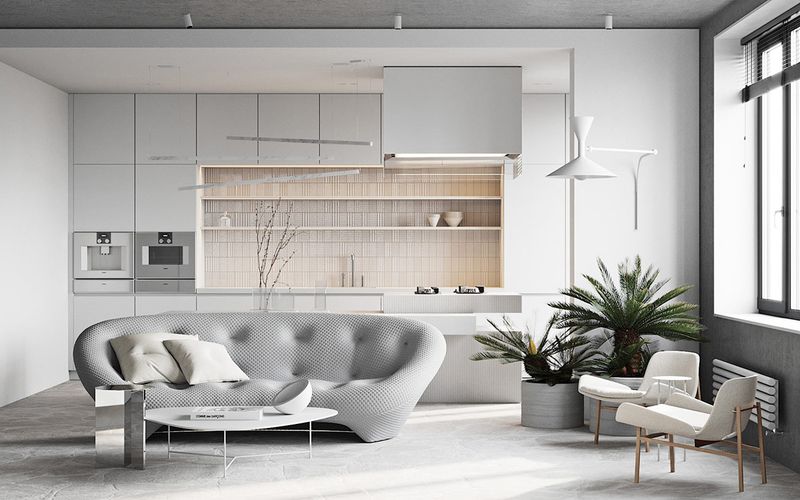
Sophisticated and contemporary, cool neutrals establish a sense of calm modernity. Grays, whites, and off-whites serve as the perfect backdrop for bold accent pieces or architectural details that deserve attention.
Shades like these reflect light differently throughout the day, creating subtle mood changes that keep spaces interesting. Their clean aesthetic works beautifully in both traditional and modern design approaches.
3. Mixing And Matching Neutrals For A Balanced Palette
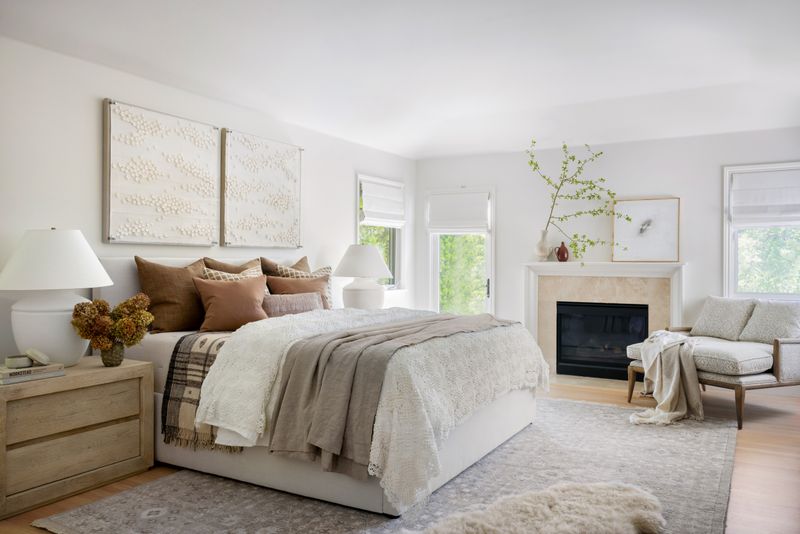
Blending different neutral tones creates depth without overwhelming the senses. The key lies in understanding undertones – warm neutrals have yellow or red bases, while cool ones contain blue or green hints.
Layering various shades within the same temperature family produces a cohesive look. Adding textural variety through different materials prevents neutral spaces from feeling flat, transforming simplicity into sophisticated design.
4. Living Rooms
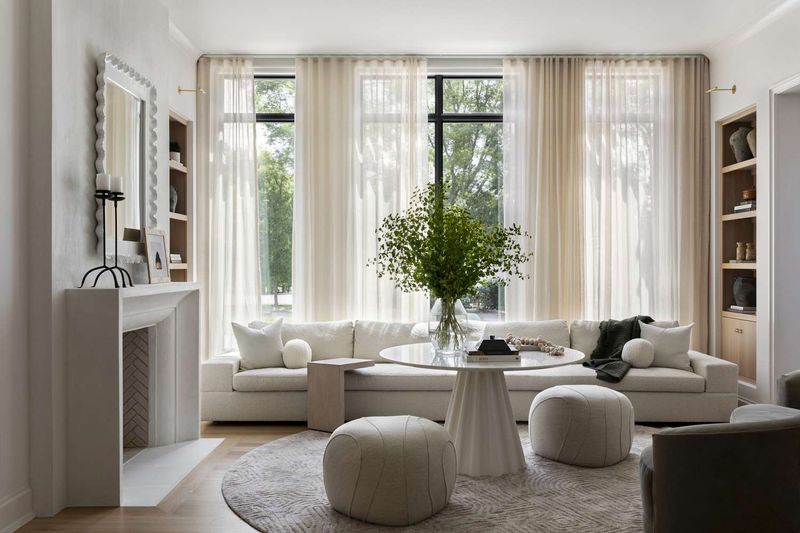
Gathering places benefit tremendously from the serene foundation that neutral tones provide. Living rooms dressed in these gentle hues invite conversation and relaxation without visual competition.
The neutral backdrop allows statement furniture pieces or artwork to shine. Incorporating varied textures through natural materials, plush fabrics, and subtle patterns ensures these spaces feel warm and dimensional rather than bland.
5. Kitchens
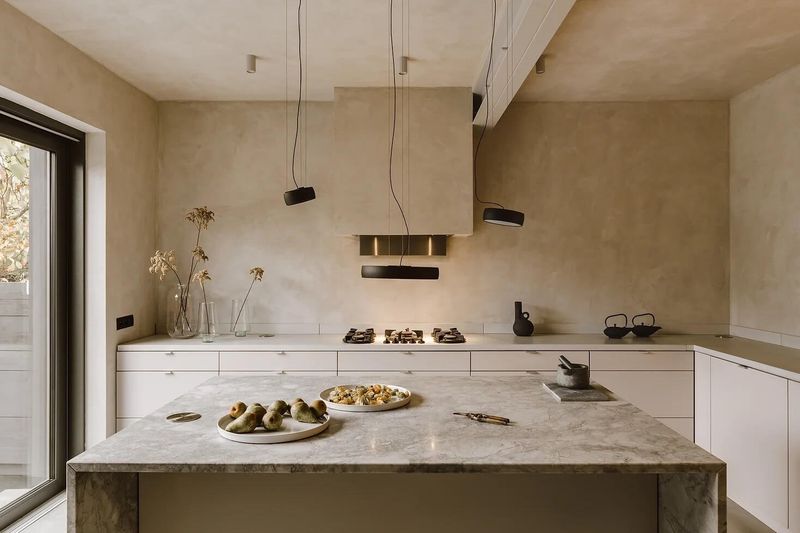
Culinary spaces dressed in subdued tones create an atmosphere of clean sophistication. Neutral kitchens resist dating themselves, unlike their boldly colored counterparts that often reveal their decade of installation.
Off-white cabinetry paired with natural stone countertops offers enduring style. The restrained palette allows the focus to remain on thoughtful details like quality hardware, interesting textures, and the food being prepared.
6. Bedrooms
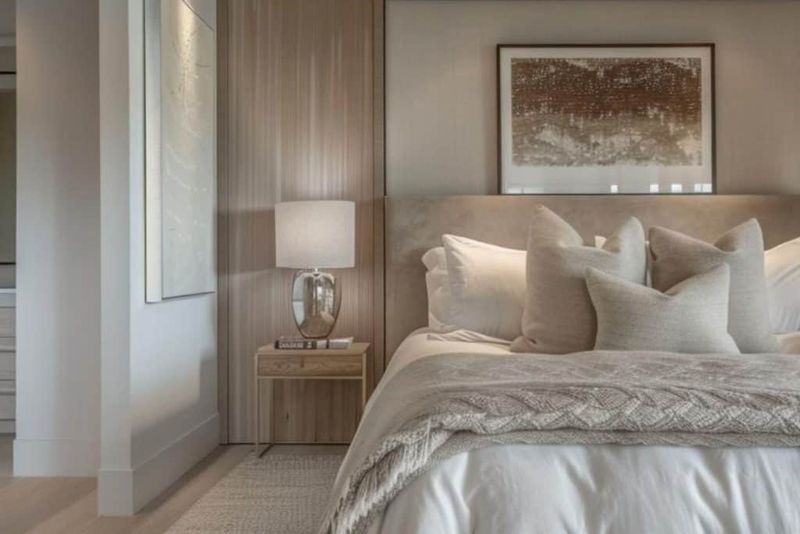
Sleep sanctuaries benefit immensely from the calming influence of muted color schemes. Bedrooms designed with neutral palettes naturally promote the restfulness we crave at day’s end.
Soft layers of creams, taupes, and gentle grays create cocoon-like comfort. The absence of stimulating colors allows the mind to quiet, while varied textures in bedding, rugs, and window treatments maintain visual interest without sacrificing tranquility.
7. Bathrooms
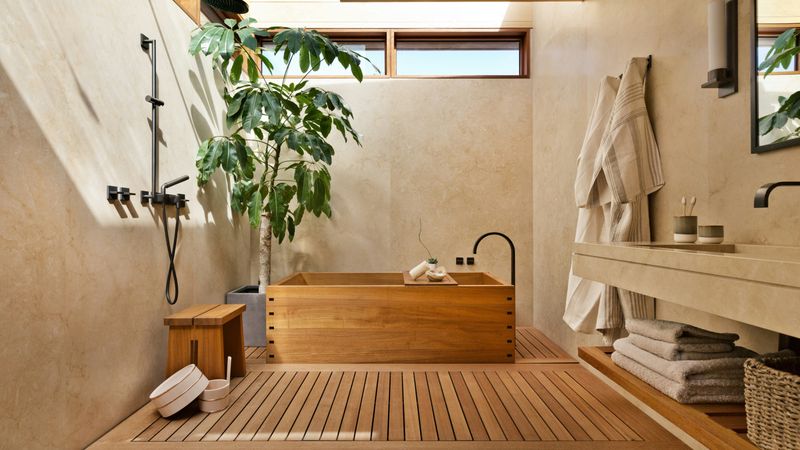
Personal havens gain an instant spa-like quality when wrapped in gentle neutral tones. Bathroom designs featuring soft whites, greiges, and stone-inspired hues evoke the tranquility of luxury wellness retreats.
These subtle palettes make small bathrooms feel more spacious and airy. Natural materials like marble, limestone, and wood introduce organic warmth and texture, creating balance in spaces that might otherwise feel clinical.
8. Adding Depth With Textiles
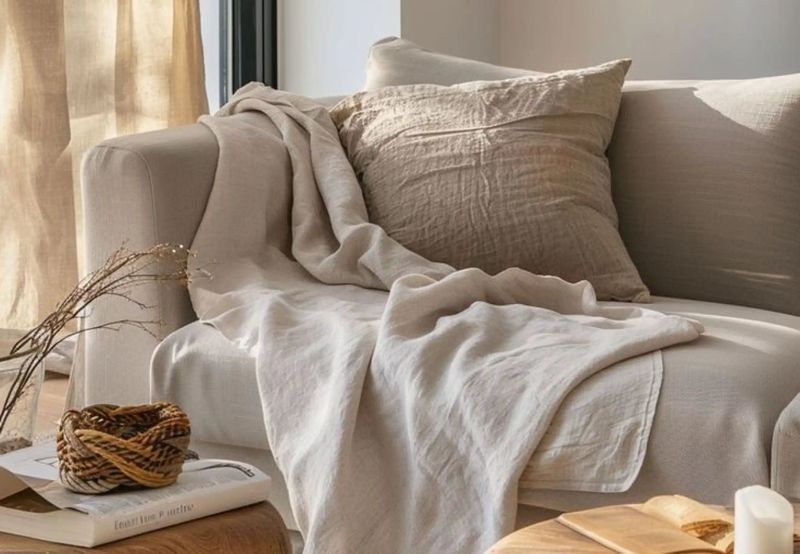
Fabric elements transform potentially flat neutral spaces into richly layered environments. Rugs, throws, and cushions introduce tactile interest through varied weaves, pile heights, and material compositions.
Mixing textiles with subtle pattern variations maintains the serene neutral palette while adding dimension. These soft accessories also offer low-commitment ways to introduce seasonal changes or follow trends without disrupting the timeless neutral foundation.
9. Incorporating Wood, Metal, And Stone For Natural Contrast
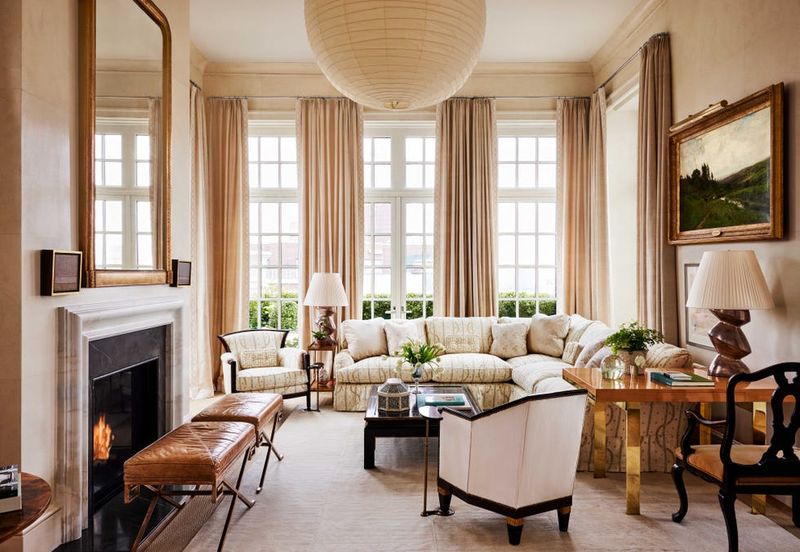
Raw materials provide essential counterpoints within neutral color schemes. Wood brings warmth through its natural grain patterns, while metals add reflective qualities that catch light and create dynamic moments.
Stone elements introduce organic texture and subtle color variations. The combination of these materials within a neutral palette creates a balanced, nature-inspired interior that feels both grounded and sophisticated without relying on bold colors.
10. Scandinavian Influence
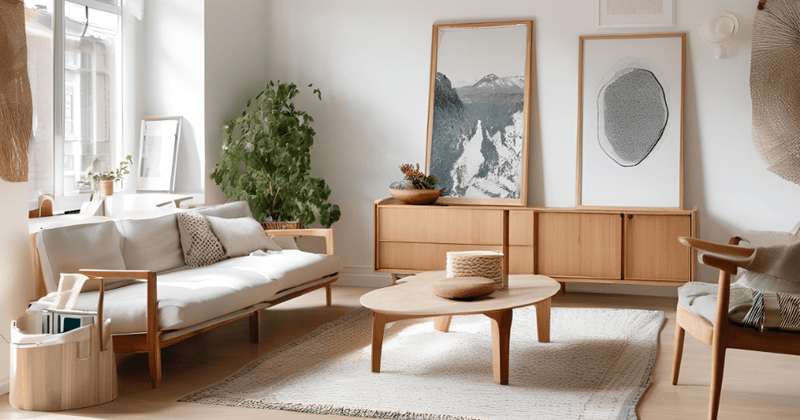
Northern European design principles celebrate bright simplicity and practical beauty. Scandinavian interiors favor pale neutrals that maximize limited natural light during long winter months.
This approach combines whitewashed surfaces with pale woods and textural elements. The resulting spaces feel open and breathable while remaining cozy – achieving the perfect balance of form and function that has made this aesthetic a global favorite for clean, uncluttered living.
11. The Return Of Mid-Century Modern Minimalism With Neutral Tones
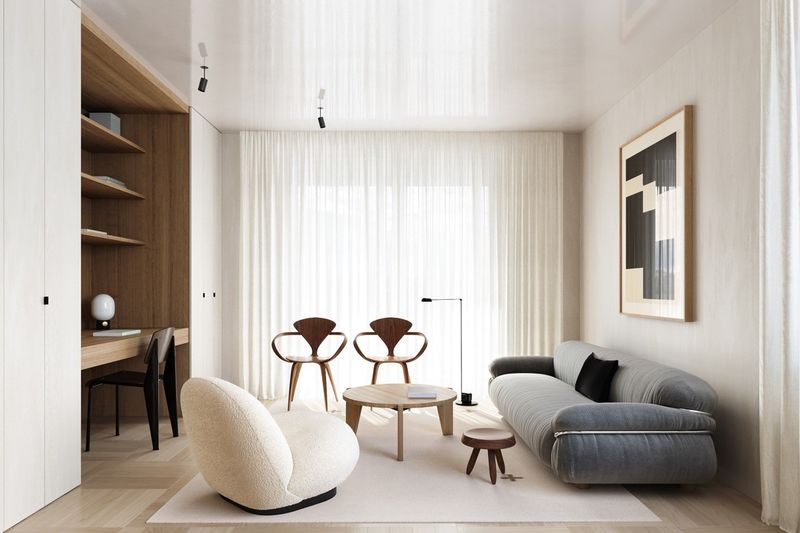
Architectural silhouettes from the 1950s and 60s have found renewed appreciation in today’s neutral-loving design world. Mid-century forms with their clean lines and organic shapes shine when allowed to be the focal point against understated backgrounds.
Contemporary interpretations pair iconic furniture pieces with softened neutral palettes. This updated approach maintains the era’s innovative spirit while creating more relaxed, livable spaces than the often bold original color schemes.

